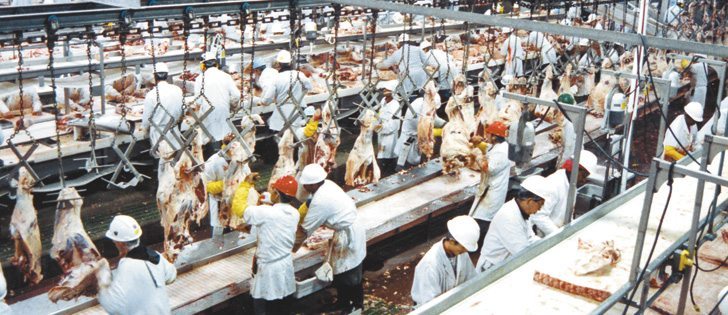WASHINGTON, D.C. (Reuters) – Global warming is expected to cut into world grain yields and result in less food being available in the developing world by 2050.
“Climate change increases child malnutrition and reduces calorie consumption dramatically,” says a report from the International Food Policy Research Institute, part of a global network of agricultural research centres.
The institute, which is calling for aggressive action to boost food production, said calorie availability for the average consumer in a developing country will decline by seven percent compared to 2000.
Read Also

Agriculture ministers agree to AgriStability changes
federal government proposed several months ago to increase the compensation rate from 80 to 90 per cent and double the maximum payment from $3 million to $6 million
Higher temperatures reduce crop yields while encouraging pests and plant diseases. South Asia and sub-Saharan Africa will be hurt the hardest by declines in yields and production.
The institute recommended an increase of $7 billion US a year in public -sector spending on agricultural research, improvements in irrigation and farm-to-market roads to offset the impact of climate change.
“I think we will see significant increases in resources for this purpose,” said Gerald Nelson, a senior research fellow with the institute, who added there was growing recognition at climate talks that agriculture would be greatly affected by climate change.
Research to enhance crop and livestock productivity, “including biotechnology, will be essential to help overcome stresses due to climate change,” the institute said.
Nelson said biotechnology is one option but not the only approach for researchers. World leaders have pledged more than $20 billion over three years to increase agricultural production in food-short nations.
For its report, the institute used two climate models to project grain and meat output in 2050. Both models call for higher temperatures but differ on how much precipitation would increase. For example, one has higher temperatures and precipitation in China and the other has more rainfall in sub-Saharan Africa.
“There is almost no difference in calorie outcome between the two climate scenarios,” the institute said.
For almost all crops, south Asia would see the largest declines in crop yields. The institute said rice output in south Asia would be 14 percent lower than if there was no climate change.
In sub-Saharan Africa, wheat, rice and corn yields would drop by 34, 15 and 10 percent respectively, it added.
















